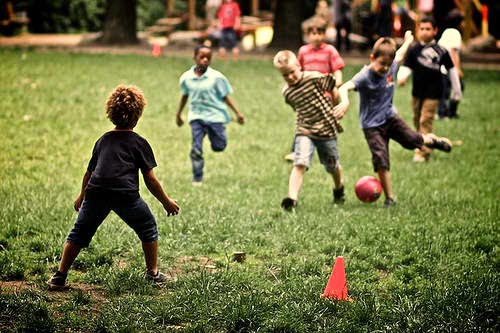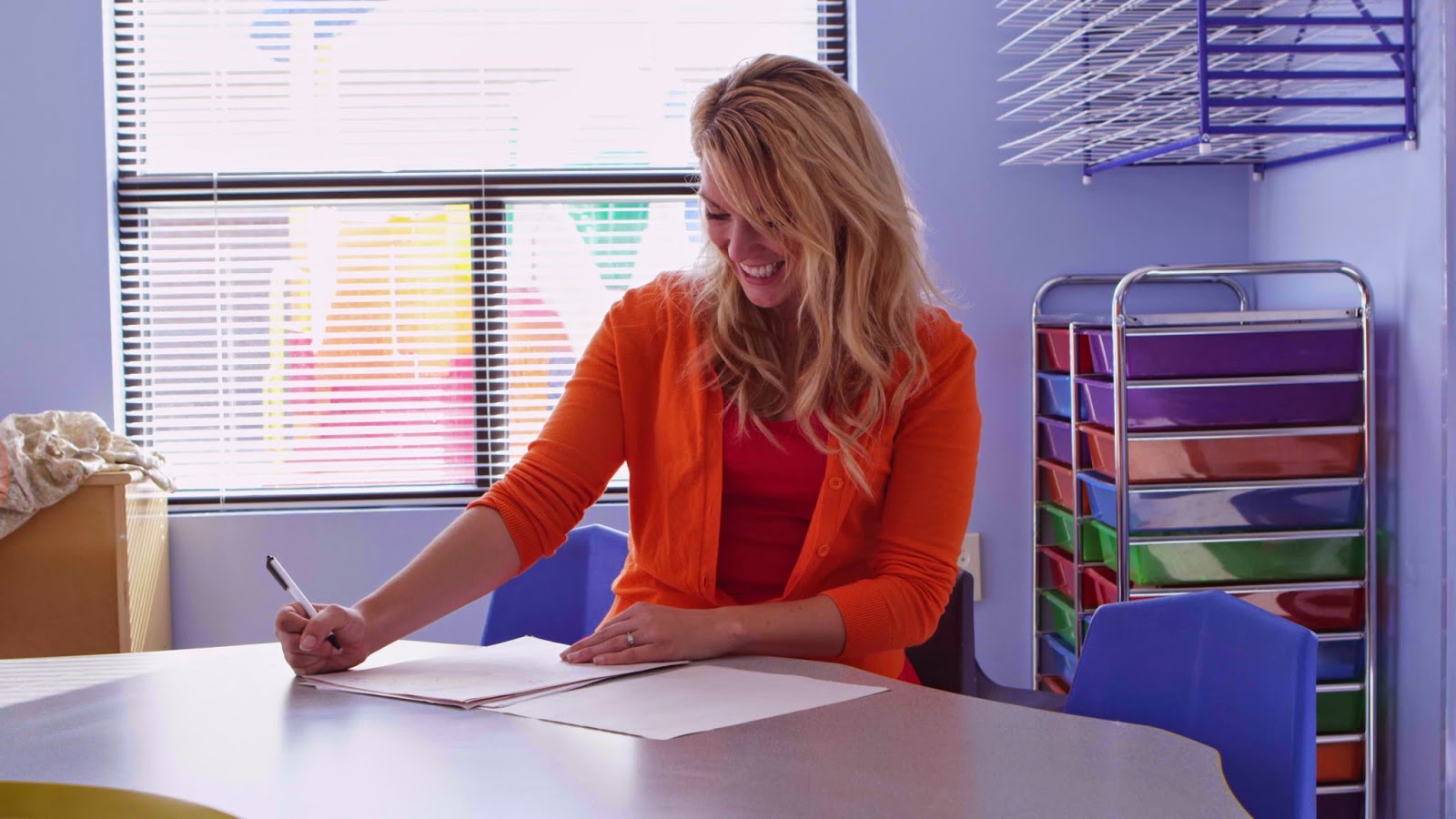Riddle
I. Objectives:
At the end of the lesson, the pupils will be able to:
• Distinguish what is riddle;
• Appreciate the importance of riddle; and
• Compose riddle from given stimuli (realia/pictures).
II. Subject Matter
- Riddle
References
• PELC, page 18, W. 9
Fun in English 4( Language) pages 73, 214
Materials
• Pictures of animals, riddles, USB, Laptop, LCD
Value Focus
Fun in English 4( Language) pages 73, 214
Materials
• Pictures of animals, riddles, USB, Laptop, LCD
Value Focus
• Conserving Wildlife
IV. Strategies ( 4 A’s)
A. Activities
1. Motivation
Singing of a song.
Have you gone to the zoo? What animals are found there?
Show the picture of a zoo. Let the pupils name the animals in
the picture.
Activity 1:
Here is a riddle for you. Listen carefully. After I read the riddle twice, answer the questions about it.
I am taller than an elephant. I have brown spots. I am the tallest animal in the zoo. I don’t climb the trees to eat the leaves. I have the longest neck among all animals. What am I?
1. What animal is in the riddle?
2. What clues helped you guess the animal?
3. What does this animal eat?
4. What color of the spots has it?
5. Where can you find this animal?
Value Infusion: What can you do to protect the animals?
Activity 2
(Think-Pair-Share)
Find a partner in the class.
Make a riddle by describing an animal in the picture and let your partner answer it.
Activity 3: Group activity
Read the following riddles and give the answer:
1. It can jump. It can croak. It has a long sticky tongue. What is it?
2. I live in water. I have fins and scale. I can swim. What am I?
3. I have black horns longer than your finger. My skin is black and tight. I am the beast of burden. What am I?
4. As I was going St. Ives, I met a man with seven wives;
Every wife had seven cats, every cat had seven kittens.
Kittens, cats and wives. How many were going to St. Ives?
B. Analysis
A. Analyze the riddle in the chart. How does each sentence begin?
What found at the end of each sentence?
What kind of words are used to help us give the answer?
B. Discuss the following guidelines in writing a riddle:
1: Begin each sentence with capital letter.
2: End each statement with a period.
3: End the question with a question mark.
C. Abstraction
. A riddle is a secret, a puzzle, a brain twister. It is a guessing game.
. In writing a riddle, clues are given to help the reader guessing the
answer.
D. Application
a. In your group write a riddle about one of the given pictures.
b. Trade your riddle to the other groups and let them answer it
IV EVALUATION
Compose your own riddle. Choose any object in the pictures below or anything you see around for your riddle.
V. ASSIGNMENT
Draw an object and make a riddle about it in a piece of paper





















.jpg)